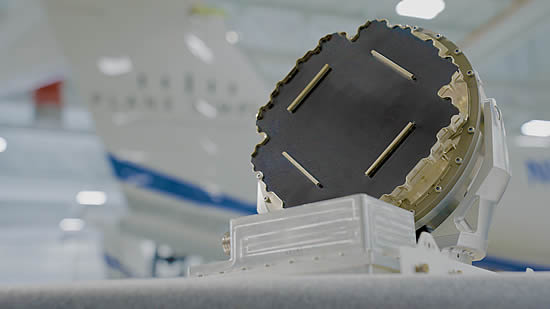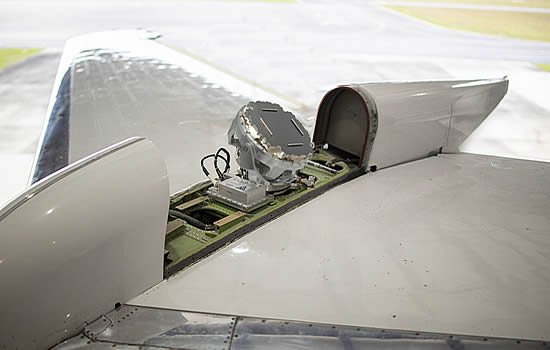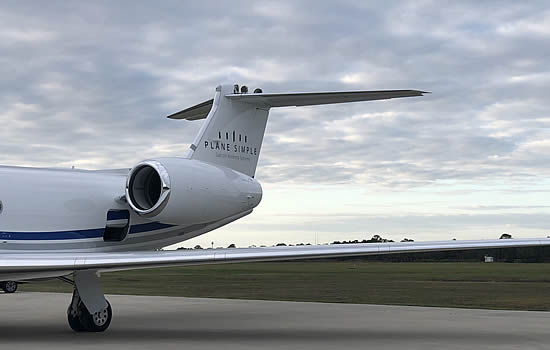 |
We are excited to have received DO-160 approval for our latest connectivity hardware, the Plane Simple Ka-band terminal. The approval allows us to begin working with customers to generate the relevant Supplemental Type Certificates, STCs.
Obtaining an STC is a complex process, and rightly so, as it is the official approval from the aviation authorities that allows for modifications or alterations to be safely made to an aircraft outside the scope of its original type certificate.
We know that securing STC approvals requires investment of time, effort, and finance. Careful planning, allocation of resources, and patience to navigate through the various stages of certification are essential. Our goal? To make the acquisition and installation of SD Plane Simple antennas more streamlined for our customers.
Engaging with experienced design engineers, maintenance providers, and our satellite partners helps guide the process and provides valuable insight These professionals are familiar with the specific requirements of the relevant authorities, often have existing relationships, and can help ensure complete and accurate document submission. Obtaining an STC requires coordination, collaboration and communication.

So how do they happen . . . well here’s a concise version of the process. Thanks to Jean-Francois Martin, Director of Avionics at SkyService, one of our authorized resellers and MRO partners, for helping us to demystify the intricacies of the process. If you want to understand the ABC of STC? Then read on.
-
Start with an airframe. Identify the specific modification that needs to be made, which could include changes to the avionics, structure, systems, or interior. It's essential to thoroughly define the scope of the modification and understand its impact on the aircraft's performance, safety, and compliance with regulations.
-
There’s always paperwork. Detailed documentation is required, including engineering drawings, analysis, test plans, and other technical data. The documentation should demonstrate that the modification complies with applicable airworthiness standards and does not compromise the aircraft's safety or performance.
-
Plan and be prepared. Develop a certification plan that outlines the steps, tests, and analysis required to demonstrate compliance with the applicable regulations and airworthiness standards. The plan should identify the specific authorities and organizations involved in the certification process.
-
Communicate. In addition to documentation, engaging in meetings and discussions with the aviation authorities and addressing any questions or concerns raised is vital.
-
Keep on testing. Ground tests, flight tests, structural studies, electromagnetic compatibility tests, and more may be required to demonstrate compliance and show that the modification does not adversely change the aircraft's performance, handling qualities, or safety.
-
Be compliant. The modification must comply with the applicable airworthiness regulations and standards as defined by the regulators. Ensuring compliance can be challenging, as it requires a thorough understanding of the regulatory requirements and staying attuned to any changes or updates.
-
Seek approval. Once all the necessary documentation, tests, and analysis are completed, the STC application can be submitted to the authorities who review the submitted application, including the technical documentation, test results, and certification plan.
-
Communicate again. The aviation authorities may request modifications or revisions to the submitted documentation or certification plan. This can extend the timeline and add complexity. Close collaboration and effective communication with the authorities is key to supporting progress.
-
Being approved. Once the authorities are satisfied with the documentation, testing, and compliance, they will issue the STC. The STC provides the official approval for the modification and outlines any limitations or special instructions that must be followed.

Plane Simple Ka-Band antenna in situ.
Our technology is designed to support the very specific requirements of transmitting swathes of data to business aircraft flying at 41,000 feet at more than 500mph, and we are committed to making Plane Simple antenna installation an attractive, streamlined proposition that delivers reliable, consistent, genuinely global connectivity.
We chose to develop advanced technology and not repurpose systems originally developed for commercial aircraft, boats, recreational vehicles, or campsites. We value our customers’ time, their need to stay productive and the imperative of being connected, which is why we are proud to work closely with our MRO partners and participating customers to evaluate in-service performance and create a new suite of STCs.

Transport Canada (TCCA), the Federal Aviation Administration (FAA) in the United States and the European Union Aviation Safety Agency (EASA), as well as Brazil’s Agência Nacional de Aviação Civil, ANAC have all approved STCs, for our Plane Simple Ku-band tail mount antenna for installation on super-mid to large cabin Bombardier, Dassault, Embraer and Gulfstream types. We are delighted to be repeating the process with our Plane Simple Ka-band variant.




